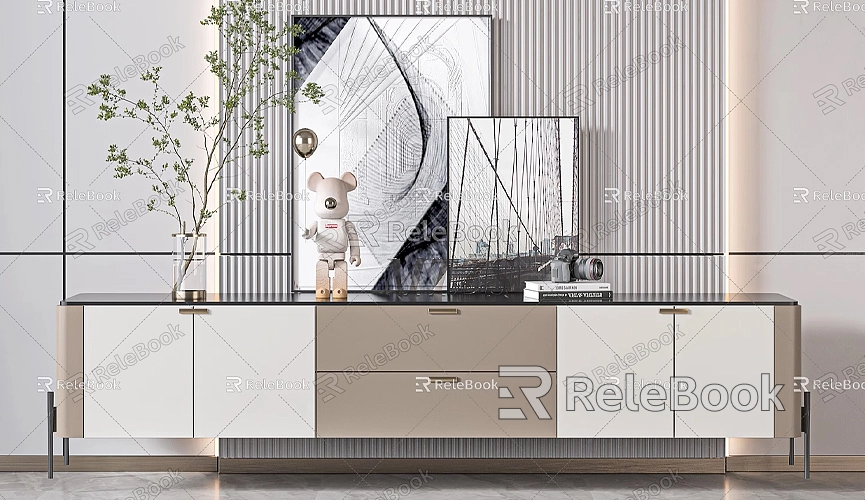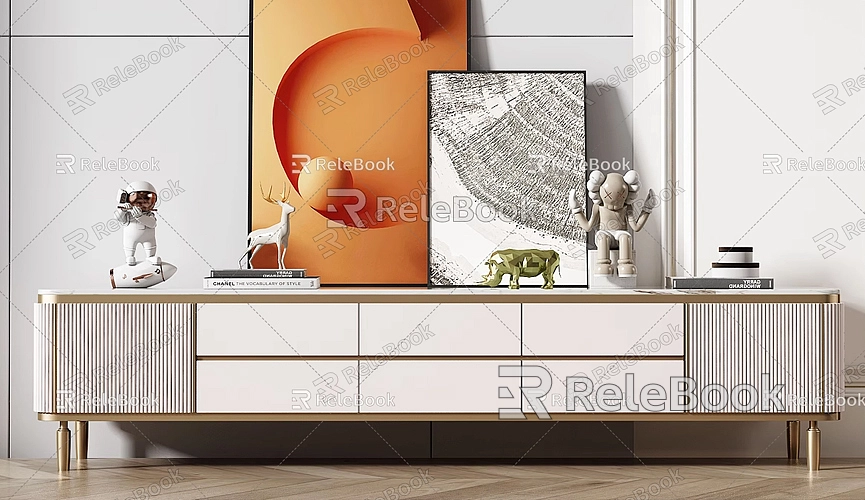How to export part of sketchup model
In the fields of modern architectural design and 3D modeling, SketchUp has become a favorite tool among designers for its intuitive interface and powerful capabilities. This is especially true when frequent modifications and sharing of designs are needed, making SketchUp Online popular for its convenience and flexibility. This article will delve into how to export parts of a model from SketchUp, providing practical tips and advice to enhance your efficiency and design quality.
Understanding the Structure of a SketchUp Model
Before you begin exporting, it's crucial to understand the basic structure of a SketchUp model. A SketchUp model consists of various elements, including components, groups, and layers. Components are reusable parts of the model, while groups combine multiple elements into a single entity. Layers help manage different parts of the model, making complex designs clearer and easier to handle.

By effectively utilizing these structures, you can better organize and select the parts you need to export. For example, you can organize the elements you want to export into a separate group or component, making selection during export straightforward. Additionally, using layers can significantly simplify the export process, especially when dealing with large and complex models.
Preparing to Export Parts of the Model
Before deciding which parts to export, clarify their intended use. Are you sharing them with a team, or planning to edit them in other software? Understanding your goal will help you choose the appropriate export method and format.
When preparing to export, you can identify the target parts using layers or components. If the model is complex, managing with layers can greatly streamline the export process. For instance, placing all elements to be exported on a separate layer while temporarily hiding unnecessary elements can make the export more efficient and ensure you don’t overlook any important details.
The Specific Process for Exporting the Model
Once your preparations are complete, you can start exporting the selected parts of the model. In the SketchUp interface, click the "File" option at the top to reveal a dropdown menu that includes the "Export" feature. After selecting this option, a menu will pop up with different export formats. Choose a suitable format based on your needs, such as SKP, DWG, DXF, etc.
Different file formats cater to different applications, so consider the software support you’ll need later. For example, if you plan to continue editing in AutoCAD, selecting the DWG format would be more appropriate. Depending on the format chosen, the system may prompt you to set some parameters, such as export range and resolution. Make sure to only select the parts you need to avoid unnecessary data, improving the efficiency of the export file.

After completing all settings, click the "Export" button, and the system will begin processing your export request. The duration of the export process will depend on the complexity of the model, typically ranging from a few seconds to a few minutes. Once the export is complete, the system will prompt you to download the file, so ensure you save it in a directory that is easy to access for future use.
Handling the Exported File
After successfully exporting the model, it's important to open the exported file for verification. Whether sharing the file with team members or importing it into other software, ensuring that the exported file meets your expectations is essential for every designer. If you notice scale distortions or missing materials during import, it is usually due to incorrect export settings. In such cases, check the parameters selected during export to make necessary adjustments for next time.
The exported file can be utilized in various scenarios, such as creating renderings, animations, or continuing design work. Flexibly applying these exported parts will help you better complete your projects and enhance design quality.
Important Considerations During the Export Process
When exporting models, there are several details to pay special attention to. First, ensure that you select the correct export format. Some formats may not be compatible with different software, so it’s crucial to understand the requirements of your target software.
Secondly, during the export process, try to avoid exporting overly complex model details. A complicated file can not only increase export time but also complicate subsequent use. Keeping the model simple helps improve export efficiency and ease of handling.
Additionally, it’s best to back up the original model file before exporting. This not only protects your work but also allows for easy recovery to a previous version if needed.
Common Issues and Solutions
Users often encounter common problems during the export process from SketchUp. Here are some common issues and their solutions:
- If the exported model's scale is incorrect: Check the scaling options in the export settings to ensure you’ve selected the appropriate units and scale.
- If the exported file displays anomalies in other software: This may be due to incompatibility with the chosen export format. Try exporting in different formats to find the most suitable solution.
- If the export process takes too long: Consider optimizing the model by reducing unnecessary details and components to enhance export efficiency.
Utilizing SketchUp’s Extension Tools
To export models more efficiently, many users choose to use SketchUp's extension tools. These plugins can provide more powerful features, allowing users to export with greater flexibility and efficiency. For example, some plugins enable users to quickly select specific model parts for export or provide batch export functionality.
When selecting extension tools, it’s advisable to check reviews from other users to choose those that are highly rated and stable in performance. Utilizing these extensions can significantly improve the export experience and boost productivity.
Future Development Trends
As architectural design and 3D modeling technologies continue to advance, export functions are evolving as well. Future design tools may integrate more advanced technologies, enhancing the user experience in exporting and sharing models. Furthermore, the rise of virtual reality (VR) and augmented reality (AR) technologies signifies that the demand for model exports will become more diverse.
In this context, mastering the skill of exporting parts of models from SketchUp is becoming increasingly important. This skill not only boosts individual work efficiency but also plays a greater role in team collaboration. As technology advances, future designers will need to continually adapt to new tools and methods to remain competitive.
Summary and Outlook
Exporting parts of a model from SketchUp is a relatively straightforward process, but understanding the model structure, preparing thoroughly, and selecting appropriate export formats and parameters will enhance efficiency and quality. Leveraging SketchUp’s extension tools and real-time collaboration features can significantly improve workflow and accelerate project progress.
Mastering these techniques and strategies is an important aspect of enhancing professional skills for designers. Whether for individual projects or team collaborations, effectively applying these export skills will help you stand out in a competitive landscape.
If you need high-quality 3D textures and HDRI for creating models and virtual scenes, you can download them for free from [https://textures.relebook.com/](https://textures.relebook.com/), and for exquisite 3D models, visit [https://3dmodels.relebook.com/](https://3dmodels.relebook.com/). Relebook offers a wealth of high-quality 3D resources to inspire and enhance your design projects. We hope this information helps you navigate your use of SketchUp more smoothly and create outstanding design works!

